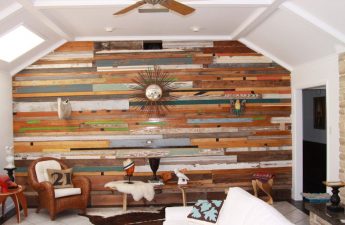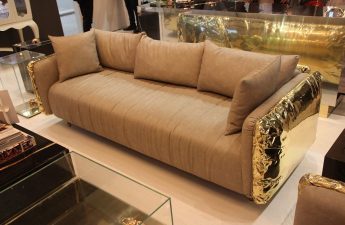The use of concrete in the interior causesmany controversies. However, the number of fans of this unusual decorative material is steadily growing. The secrets of the popularity of concrete and tips for its use - in our article For most of us, the word "concrete" is associated more with architecture than with the interior. And these associations are quite gloomy. The gloomy gray concrete clone boxes that are familiar to us, prevailing in the vast expanses of the post-Soviet space, are a measure of designer mediocrity and vulgarity. Perhaps this is why one of the most fashionable and original Western interior trends - decorative concrete - causes misunderstanding and subconscious denial not only among the domestic average person, but also among professionals in the field of design. However, despite the mental resistance of the masses, decorative concrete is actively gaining ground. So what are the illogical, at first glance, reasons for the popularity of this material? Let's figure it out.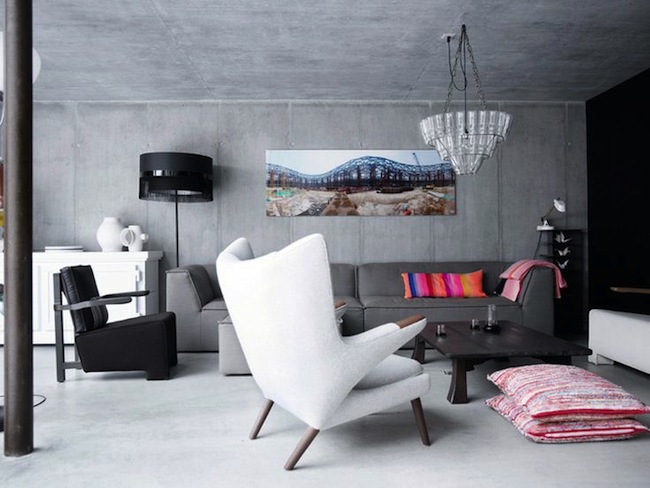


Tribute to fashion
As trite as it may sound, fashionis the driving force behind the evolution of design. Due to the growing popularity of minimalist interiors, the forgotten concept of "beauty in simplicity" has returned to everyday life. And what could be simpler than completely abandoning the finishing of walls, floors or ceilings? Leaving the concrete box in its original form with small functional design additions is a true example of minimalism.

 For fans of another current fashion trendtrends — loft-style apartments — concrete has become a real lifesaver. Walls not covered with finishing materials are a great background for external wiring and utility pipes exposed to public view.
For fans of another current fashion trendtrends — loft-style apartments — concrete has become a real lifesaver. Walls not covered with finishing materials are a great background for external wiring and utility pipes exposed to public view.

 And for eclectic designs, concrete is justirreplaceable. The presence of this material in the interior itself seems a little absurd, so even the boldest combinations of objects from different styles and eras look appropriate and organic in a concrete environment.
And for eclectic designs, concrete is justirreplaceable. The presence of this material in the interior itself seems a little absurd, so even the boldest combinations of objects from different styles and eras look appropriate and organic in a concrete environment.


Practicality
Concrete has a number of undeniable practicaladvantages that influence its popularity. Firstly, it is a budget material, which is easy to obtain in any quantity. Secondly, concrete is extremely durable, resistant to moisture, temperature fluctuations and mechanical damage. This means that it can be used anywhere and in any way: in the production of furniture, plumbing, kitchen work surfaces, decorative structures (columns, partitions, niches, stairs). And all these items and interior elements made of concrete are automatically accompanied by a lifetime warranty.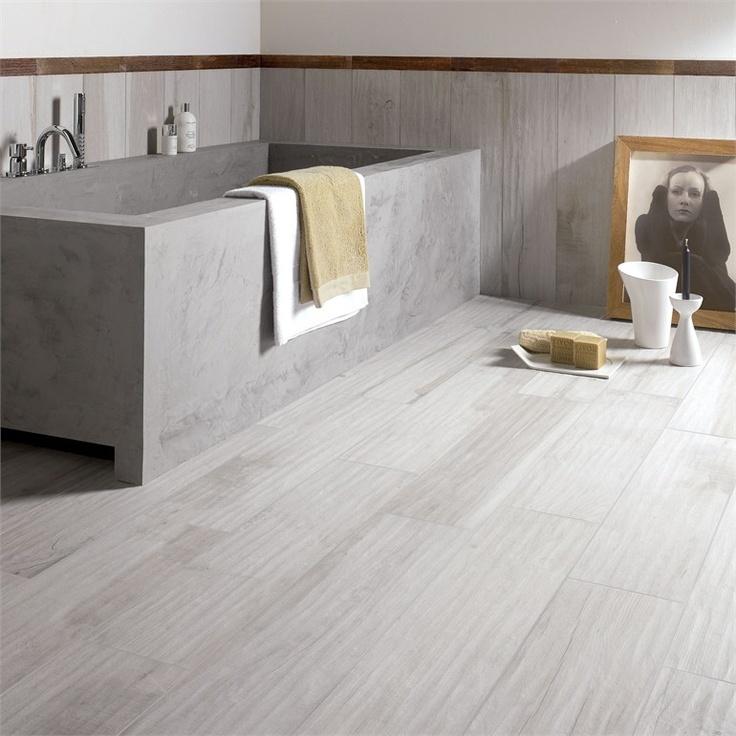
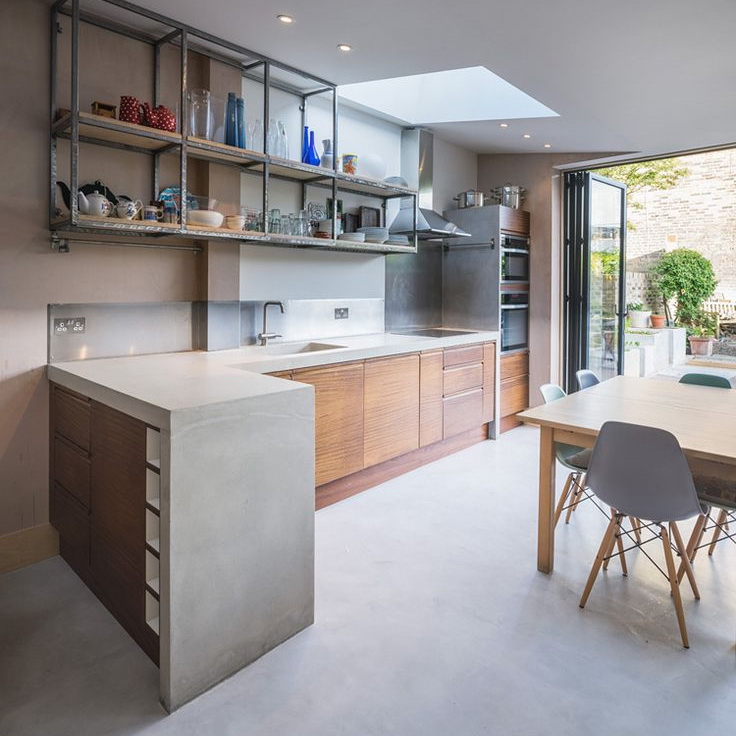
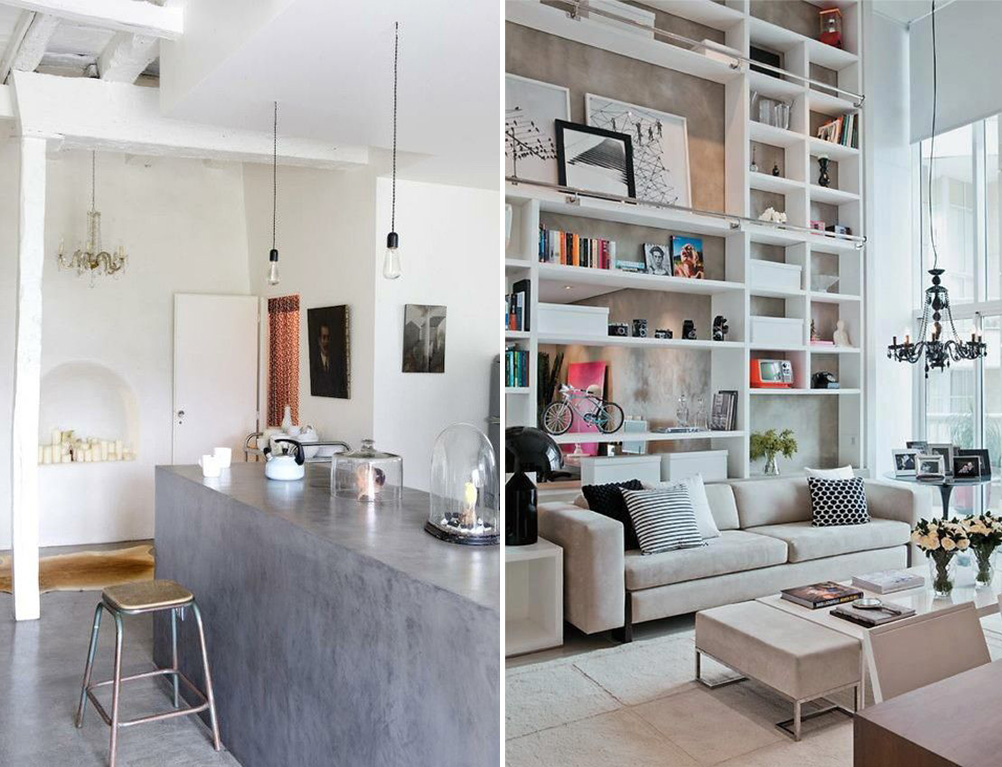
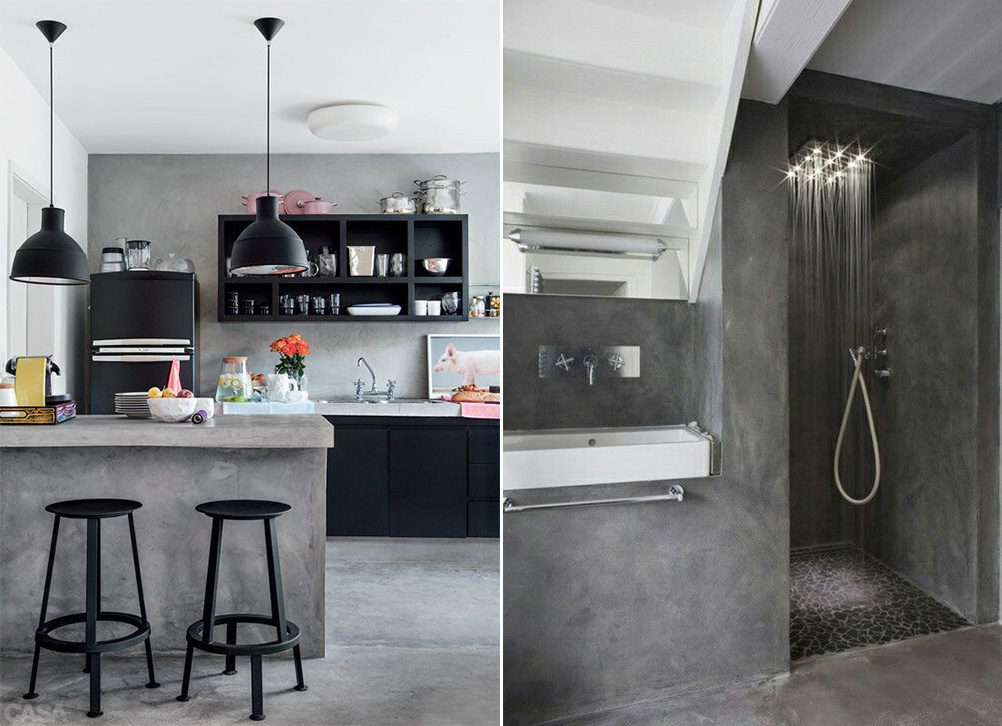
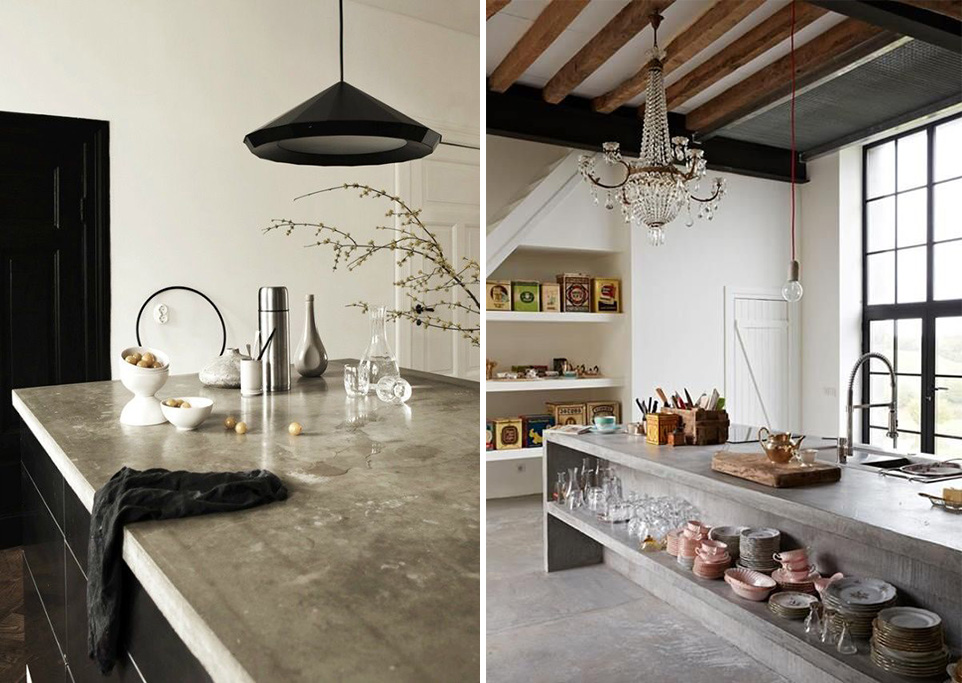
Decorative potential
Perhaps the brutal beauty of concretesurfaces is not clear to everyone. But this does not make it aesthetically inferior. Concrete can become an ideal canvas for painting. Today, it is not at all difficult to purchase special paints and various stencils for painting a variety of surfaces, thanks to which you can personalize a concrete interior, make it truly unique. And if you do not find creative inclinations in yourself, you can always polish the material and cover it with a single-color paint or varnish. Believe me, the effect will exceed all your expectations.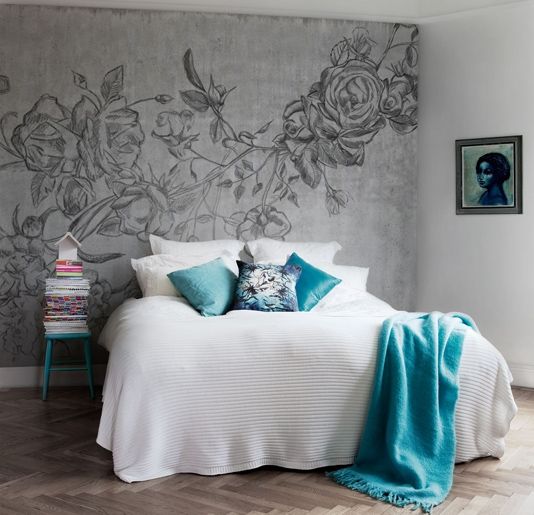
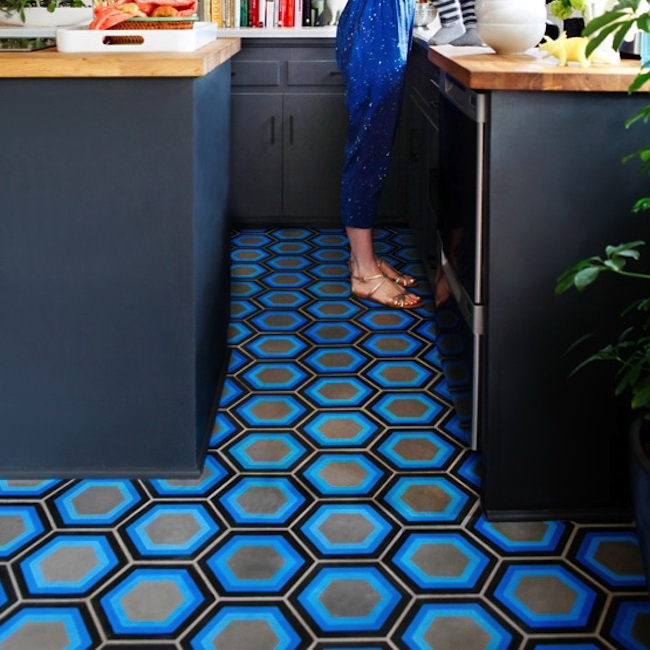
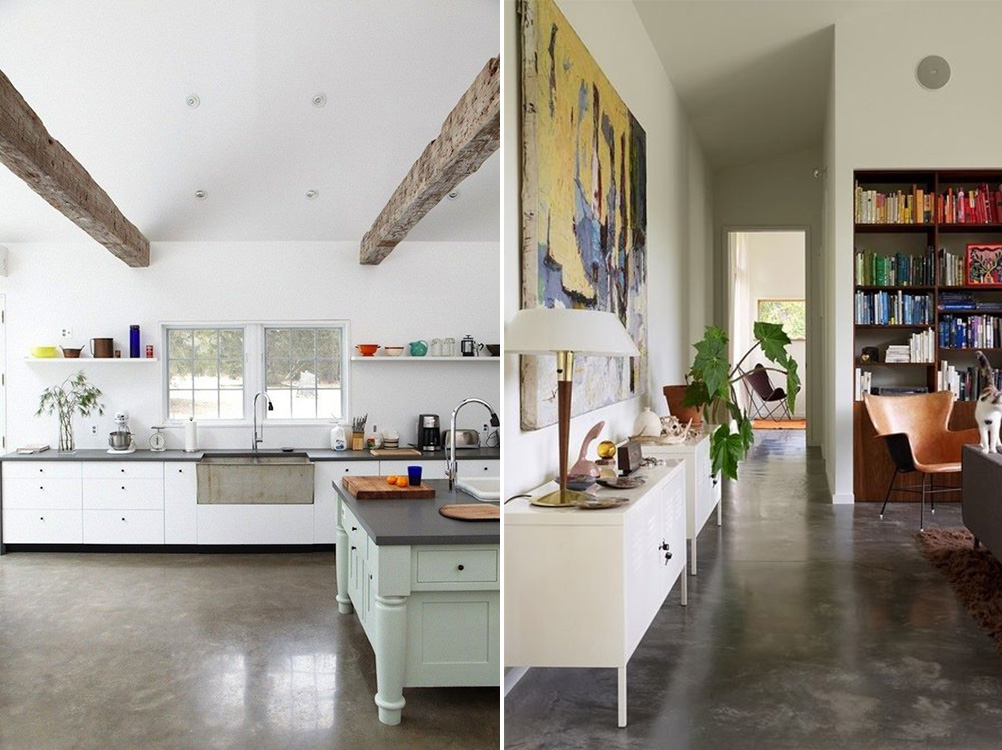
Some useful tips for using concrete in the interior:
pinterest.com
